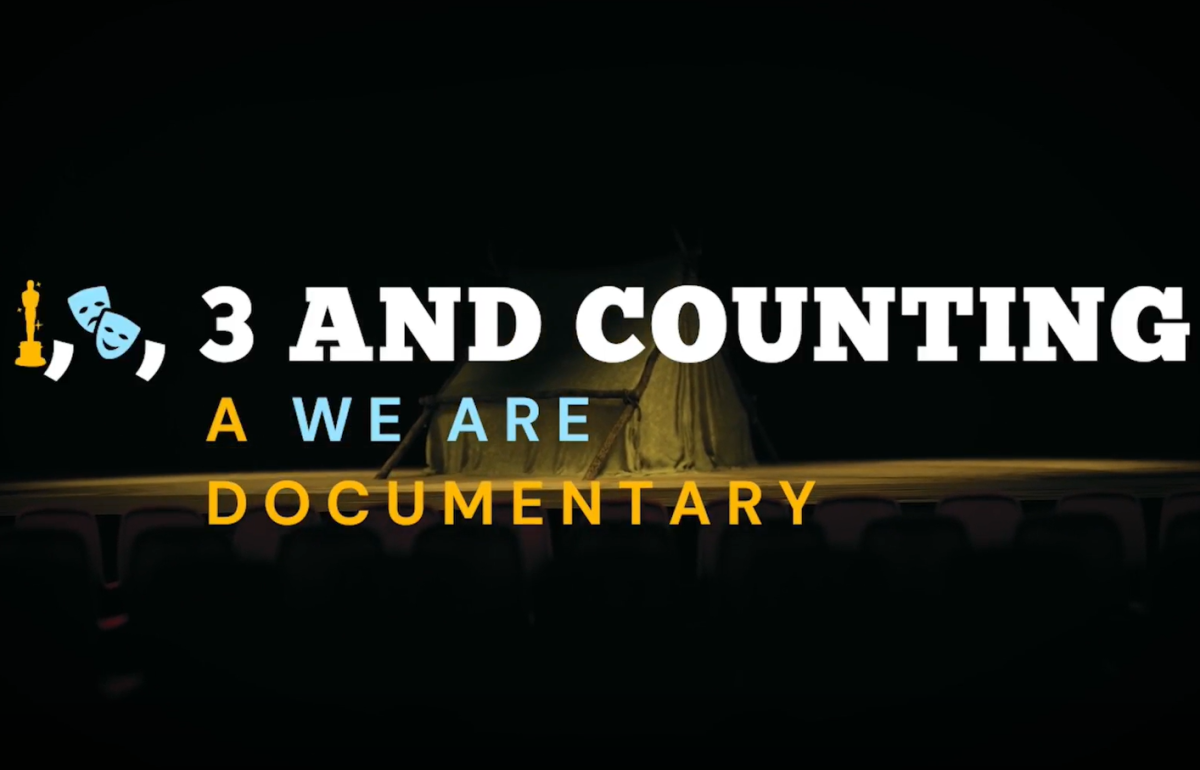Overcoming Procrastination in English
Bruce Matsunaga
March 8, 2023
With many of us stressing about the English assessments we inevitably will have to face at some point in the future, I thought I’d write a little bit about what I’ve learnt through my years at the College. And this, may I add, is coming from someone who often struggles with knowing how to start or how to stop procrastinating.
For me, half the problem stems from not knowing how to start. I can sit and stare at a blank document for hours, just trying to find the perfect way to even begin. But that’s the problem right there. Nothing needs to be perfect on the first draft. Just getting words down, vague outlines, brain dumps, whatever. As I’m sure any English teacher will tell you, you can’t edit a blank page.
So how can you begin?
The way I like to approach my tasks, specifically creative writing, is to think of what I know. Every time I look at a stimulus or task, I think of how I can relate it back to something I know, or I’ve experienced. Arguably the most important part of writing is including specific telling details to immerse your reader. This applies no matter the form of writing you’re doing: creative, persuasive or discursive.
I get that ideas can be hard, so it’s super important to factor this into the time you plan to dedicate to your task. My process differs depending on the form of my piece, and my purpose for writing for. For creative, I often think of pre-existing plotlines I know, and look at how I can adapt them to fit my stimulus, better suit my intent and best encapsulate the ideas I’m aiming for.
Creative
Once I’ve got the general gist of a plotline, I outline my characters, normally adding too much background detail the reader will never hear about, but that I can use to influence my writing, through the character’s actions, and the way they perceive the world. The difference in the atmosphere of a setting can come from the character’s interactions with it, and the way they feel while there. For example, just by choosing verbs with negative connotations when discussing how a character feels at an airport (i.e. they’re stranded, and people’s voices are to be clawing their way through the air, forcing themselves to be heard) can make such a different to the overall feeling the reader gets. Compare the previous description to a character falling asleep on one of the cool chairs at the airport, gentle murmuring as accompaniment.
See how different it can make the scene feel?
When I’m writing, I love to have visual stimulus around me. I’ll make aesthetic boards filled with photos I think best represent my thoughts on what a place or person looks like, create playlists or listen to ambience sounds to understand the aural atmosphere, and spend time actively seeking out what each of my senses would experience in whatever environment the character’s in. Even before drafting, I’ll often dot point phrases or ideas I think I could use as description for each of the senses.
For the writing itself, I have a few rules I live by (mostly courtesy of Mrs Kroll):
- No lame verbs or nouns – use strong and specific ones to embed feeling into your story
- No adverbs – seriously, avoid them if you can, stick to step 1 and this can be super impactful.
- Vary how you start your sentences – Not every sentence has to begin with the word ‘the’.
- Aim for 2 senses per paragraph – this will ground your description and increase the verisimilitude.
- Establish the setting as soon as possible – utilising the previous steps, ground your reader in the setting as soon as you can. If they lose their sense of place, it’s going to be harder for them to interact with your story.
Discursive:
For discursive, it’s always important to me that I’m writing about something I’m genuinely interested in or see as an injustice I want to change. For the Whitlam: What Matters? writing competition, this was my issues with perfectionism. If you can ground your piece in personal experience and understanding, or even just interest, it can add levels of complexity and depth otherwise unachievable.
I also try to have a motif throughout to represent my central idea, so for example, my Whitlam piece focused on the idea of being ‘picture perfect’ and subverted this to make my point by turning it into a continuous video, a montage of pictures without perfect angles or lighting.
Persuasive:
The slight difference between discursive and persuasive (although I generally approach and write mine quite similarly – the previous tips still apply) is that in discursive, you want to be provoking the audience, asking them questions and proposing various interpretations. Your goal isn’t to convince, but you’re writing should be convincing them to seriously consider whatever you’re discussing.
Persuasive is more straightforward in a way. You have a goal and want the reader to be convinced of your view. To strengthen your argument, it’s often a good idea to involve the counterargument, and recognise flaws in your own, whilst still writing in a way that supports your view. You want the audience to see you haven’t got a warped sense of reality through lack of consideration of the counterargument, yet you still are confident in your stance, and here’s why.
Writing is something that I know can be super challenging. I’m someone who’s had to work hard to try to improve and broaden my conceptual understanding. It isn’t easy to continue to practice and try and re-try at something that t doesn’t come naturally, but know that if this is the case, I’m rooting for you.
Feel free to talk to me if you want any more specific advice, too!













